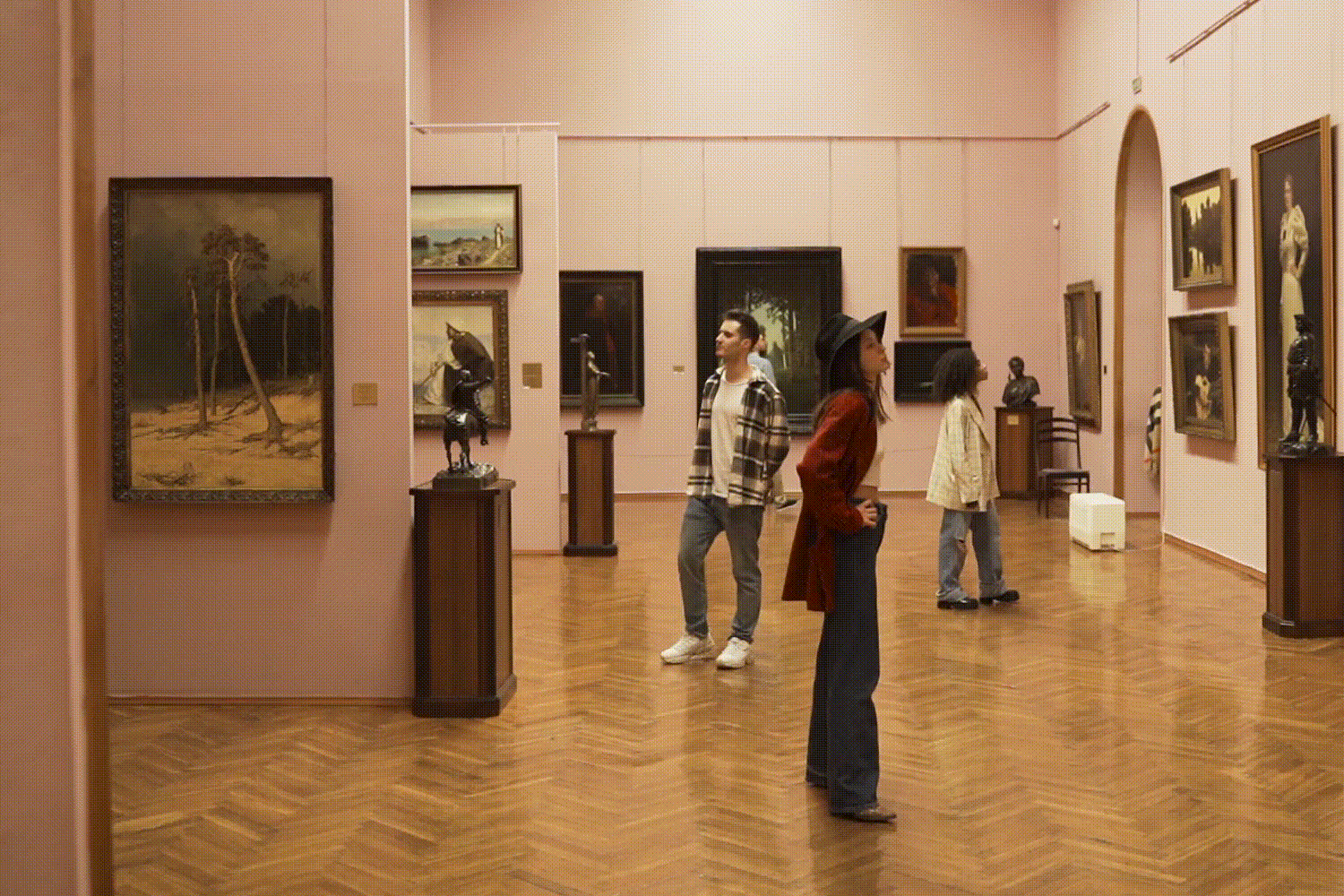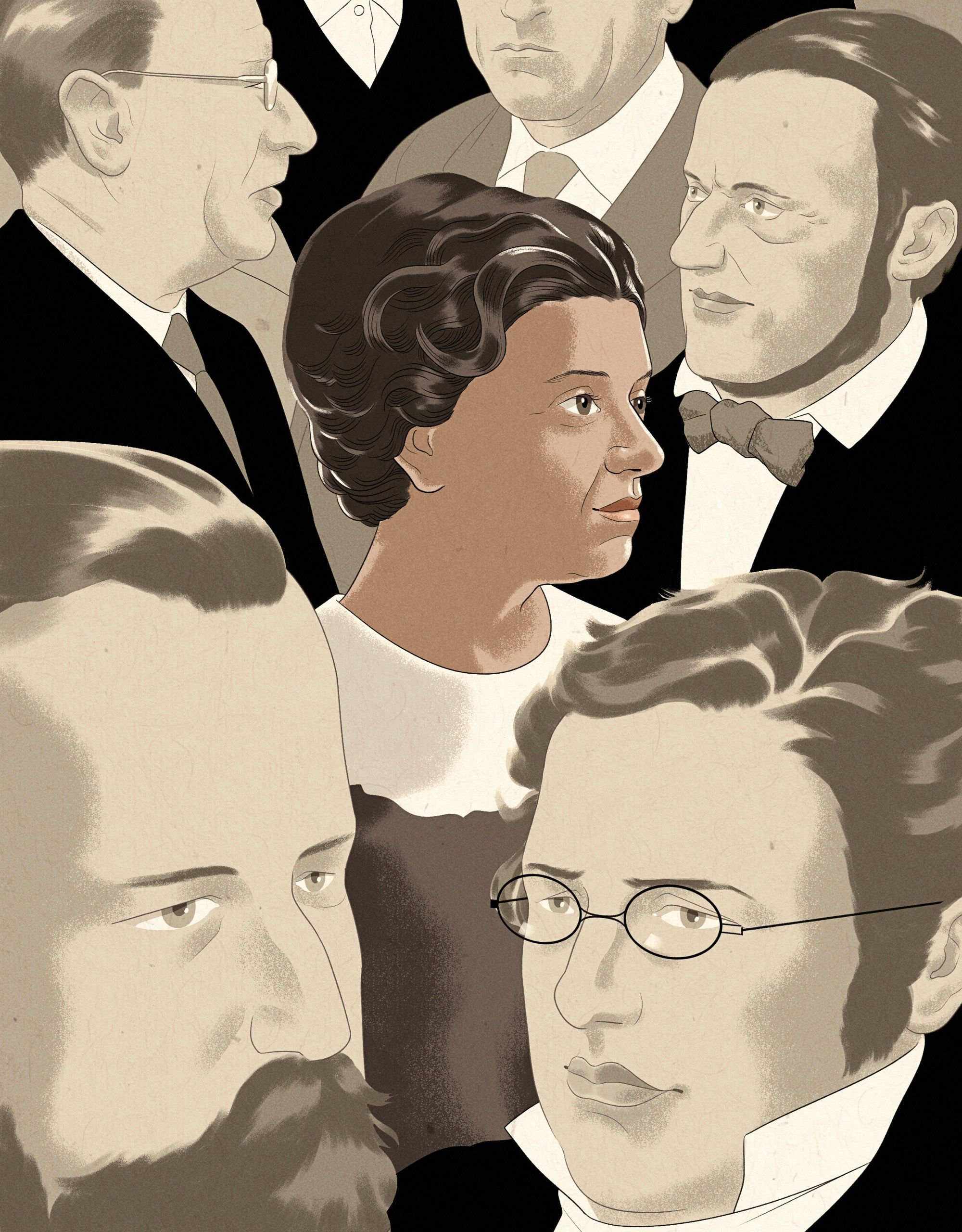Exploring the Intersection of Music and Visual Arts in Creative Expression

Understanding the Fusion of Music and Visual Arts
The interplay between music and visual arts presents an extraordinary panorama of creative expression that continues to evolve. This intersection is not merely an amalgamation of two forms; it cultivates a unique environment where each discipline amplifies the impact and meaning of the other. This vibrant relationship has captivated audiences worldwide, allowing them to experience art and sound in novel and enriching ways.
Historically, artists have often found inspiration in the connection between colors and sounds. Take, for instance, the concept of synesthesia. This phenomenon occurs when stimulation of one sensory pathway leads to involuntary experiences in another, such as seeing colors when hearing music. Famous synesthetes like composer Franz Liszt and painter Wassily Kandinsky have spoken about how their experiences influenced their work, merging auditory and visual aesthetics.
Moreover, collaborations between musicians and visual artists have produced some of the 20th century’s most iconic cultural artifacts. A prime example is the partnership between The Beatles and Andy Warhol, where Warhol’s groundbreaking visual style complemented the innovative sound of the band. Their joint ventures, such as the iconic album cover for Sgt. Pepper’s Lonely Hearts Club Band, exemplify how the fusion of sound and visuals can create a lasting cultural impact.
Music Festivals: A Platform for Artistic Integration
Today, music festivals have become a canvas where visual art meets sound in captivating ways. Events like Coachella and Lollapalooza not only feature live music but also integrate visual installations, performances, and projections, enhancing the audience’s sensory experience. These festivals showcase large-scale art pieces or immersive installations, encouraging festival-goers to engage with both the music and the visual art on a deeper level.
The Impact of Technology on Art Forms
The rise of technology has significantly transformed how music and visual arts coalesce. Artists now harness multimedia experiences that use digital projections, synchronized soundscapes, and interactive installations. For instance, renowned light artist James Turrell creates installations that manipulate light and space, while renowned musicians are increasingly integrating video art into their live performances, making the concert experience a multimedia affair.
Additionally, the use of digital tools has revolutionized the way artists create and share their work. Platforms like SoundCloud and Instagram enable musicians and visual artists to collaborate more easily, reaching wider audiences. Now more than ever, composers are inspired by visual platforms, crafting soundscapes that correspond to specific themes or emotions captured in visual works. The exploration of themes like identity and emotion becomes more nuanced as technology allows for the manipulation and fusion of various art forms.
Ultimately, studying the dynamic relationship between music and visual arts reveals not only innovative artistic forms but also the complex cultural narratives that shape our society. As we continue to explore this captivating intersection, we uncover new ways in which these art forms reflect our shared human experience, encouraging us to think deeper about the connections between the sights we see and the sounds we hear.
DIVE DEEPER: Click here to dive into nature photography
Artistic Collaborations Through History
The history of art is replete with intriguing collaborations that exemplify the synergy between music and visual arts. This blend has prompted innovative artistic movements and profound cultural shifts. From the seductive rhythms of jazz influencing the fluidity of abstract expressionism to the vivid narratives of impressionist paintings echoing the emotional depth of classical symphonies, the relationship has spurred compelling dialogues across generations.
One cannot overlook cultural phenomena such as the Art Nouveau movement at the turn of the 20th century, which is marked by the integration of flowing, organic forms in both music and visual design. Composers like Claude Debussy painted auditory pictures through his compositions, drawing inspiration from visual art forms that emphasized nature and beauty. The artists behind visual masterpieces, such as Gustave Moreau and Alphonse Mucha, created images that often paralleled the emotive qualities present in contemporary music compositions. This era exemplified a shared language across disciplines, reinforcing the notion that insights gleaned from one form of art could enhance another.
Multimedia Art: The New Frontier
As we transition into the 21st century, the lines between music and visual arts have blurred even further, giving birth to a new dimension of creative expression: multimedia art. Artists are now exploring the intersection of these two worlds through various formats, ranging from interactive installations to virtual reality experiences. This approach is evident in projects such as teamLab, a Tokyo-based collective that creates stunning immersive exhibitions that respond to sound and movement, offering a transformative experience for audiences.
- Interactive Galleries: Art galleries are increasingly hosting exhibitions that encourage audience participation, merging visual art with soundscapes that evolve as viewers engage with the installations.
- Projection Mapping: This technique brings static artworks to life by projecting animations on surfaces, adding a dynamic auditory element to traditional visual pieces.
- Live Performances: Artists often blend music and visuals in live settings, creating an electrifying atmosphere where each dampening beat corresponds with shifting colors and images.
Furthermore, emerging technologies, such as artificial intelligence and virtual reality, have revolutionized how these two art forms interact. Composers are experimenting with algorithms to generate sound that corresponds with visual inputs, leading to profound explorations of interactivity and sensory engagement. Such advancements not only expand the realms of artistic creativity but also create platforms for artists to challenge traditional perceptions of both art forms.
By embracing the fusion of music and visual arts, contemporaries continue to push the boundaries of artistic expression. The exploration of this intersection sheds light on the cultural narratives that shape our understanding of aesthetics, inviting us all to dive deeper into the intricate dance between what we hear and what we see.
| Category | Characteristics |
|---|---|
| Interdisciplinary Approaches | Merging sound and visuals enhances creative methodologies. |
| Engagement and Experience | Participants are drawn into immersive artistic expressions. |
As we delve deeper into the exploration of music and visual arts, we uncover inspiring intersections that foster creativity and collaboration. One powerful aspect is the interdisciplinary approaches that artists adopt. Combining soundscapes with visual representation encourages innovative methodologies, driving artists to think outside traditional confines. This not only enhances individual expression but also enables communities to experience the arts in multi-dimensional ways.Moreover, the profound connections between audio and visual elements create enriched engagement and experience for audiences. Whether through installations, performances, or exhibitions, the dynamic interplay between music and visuals helps to engage participants on an emotional level, prompting deeper reflection and interaction. This intersection facilitates an immersive environment that encourages audiences to actively explore creative narratives. It serves as an invitation for artists and viewers alike to investigate the synergy that emerges from these combined forms of artistic expression, ultimately leading to newfound perspectives and artistic innovations. By embracing these creative intersections, individuals find an expansive realm where imagination knows no bounds, and where the fusion of sounds and sights becomes a canvas for profound explorations. Through this artistic collaboration, we are inspired to rethink our own creative pathways and discover the limitless possibilities that await.
DISCOVER MORE: Click here to dive into the art of molecular gastronomy
The Role of Technology in Shaping Collaboration
The rapid advancement of technology has significantly enhanced the collaborative efforts between music and visual arts in ways previously unimaginable. Today, artists leverage digital platforms to create works that are not only visually stunning but also sonically engaging. The integration of 3D modeling and animation software allows creators to design elaborate scenes that react to live musical performances, fostering an immersive experience that captivates audiences.
One striking example of this synergy can be found in the world of video game design. Games such as Journey and Gris have become celebrated masterpieces, effectively integrating music and visual art to evoke emotional responses. In these games, the art style is specifically created to complement and elevate the musical score, leading players through a rich narrative that resonates on multiple levels. The collaborative process in such projects involves musicians, sound designers, and visual artists working side by side to create a holistic experience that leaves lasting impressions.
The Influence of Public Installations
As urban spaces increasingly become canvases for expression, public installations that combine music and visual arts have emerged as significant cultural touchstones. The High Line in New York City, for instance, integrates art and sound by featuring installations that incorporate both visual elements and curated soundscapes. Visitors can wander through plant-filled pathways while enveloped in an auditory experience, exposing them to the beauty of art in a communal setting.
- Soundwalks: Urban soundwalks have gained popularity, wherein artists combine music and guided tours to create unique auditory journeys through various neighborhoods, capturing the essence of both the landscape and the local culture.
- Festival Experiences: Music festivals like Coachella and Burnig Man exemplify the collaborative spirit at the intersection of music and visual arts, combining breathtaking performances with elaborate light shows and installations that resonate with attendees on multiple sensory planes.
Moreover, art festivals continue to embrace the fusion of these two forms by presenting artists who incorporate both music and visual elements into their installations. The SXSW (South by Southwest) festival, held annually in Austin, Texas, features artists that span various genres and mediums, allowing audiences to experience the powerful interplay between visual arts and music in vibrant environments.
Cross-Disciplinary Education
As educational institutions recognize the importance of interdisciplinary approaches, many are nurturing programs that explore the intertwining of music and visual arts. Universities across the United States have introduced degrees in interactive media arts and digital humanities, enabling students—to collaborate across creative fields and produce innovative projects. For example, institutions like the California Institute of the Arts and Rhode Island School of Design offer courses that empower students to merge their musical talents with their skills in visual storytelling.
This educational shift is vital in fostering the next generation of artists who can navigate and enhance the relationship between music and visual arts, ensuring that this creative dialogue continues to evolve. By actively engaging with both realms, these emerging artists are poised to craft experiences that redefine our interactions with both sound and sight, paving the way for expansive new forms of artistic exploration.
DISCOVER MORE: Click here to explore the diverse world of artistic expression
Concluding Thoughts on the Convergence of Music and Visual Arts
In conclusion, the intersection of music and visual arts creates a vibrant landscape of creative expression that transcends traditional boundaries. By harnessing the power of technology, such as digital media and immersive installations, artists can explore innovative ways to engage their audiences. This collaboration not only enhances the sensory experience but also deepens emotional connections, as evidenced in projects ranging from video games to public installations.
The emergence of cross-disciplinary education further amplifies this synergy, equipping the next generation of creators with the tools and knowledge to seamlessly blend sound and imagery. Notable programs across leading U.S. institutions are fostering a culture of collaboration, which will undoubtedly lead to groundbreaking works that challenge our perceptions of art.
As we witness the flourishing of this artistic dialogue, it becomes increasingly clear that the fusion of music and visual arts will continue to inspire and redefine the creative process. Audiences are encouraged to explore this captivating realm, visiting immersive festivals, engaging with public installations, and supporting innovative projects. In doing so, they contribute to a dynamic cultural exchange that keeps the dialogue alive and thriving, paving the way for a future rich in creativity and expression. Understanding the nuances of this collaboration is essential for anyone interested in the evolution of the arts, highlighting how collaboration is key to unlocking the limitless potential within creative expression.


